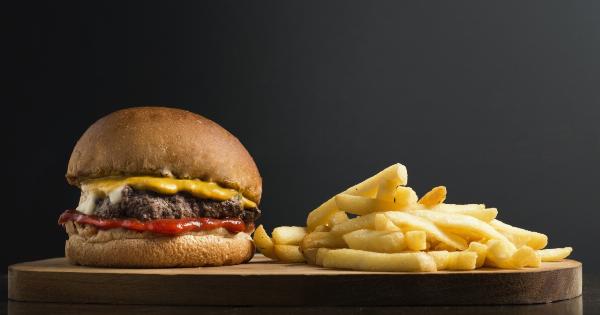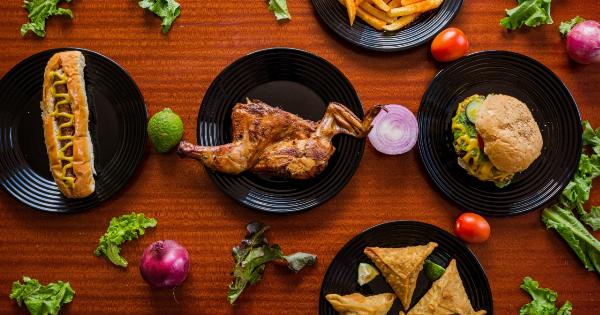For many people, fried potatoes are a beloved comfort food that can be enjoyed in various forms such as french fries, hash browns, or potato chips.
However, concerns have been raised about the potential health risks associated with consuming fried foods, particularly when it comes to the formation of cancer-causing substances called acrylamides. In this article, we will explore some safe and delicious techniques to fry potatoes without exposing yourself to the risk of cancer. So, let’s dig in!.
Understanding the Cancer Risk
Before diving into the methods of frying potatoes safely, it’s essential to understand why the risk of cancer is associated with fried foods.
Acrylamides are formed when certain carbohydrates and proteins are cooked at high temperatures, such as through frying, baking, or roasting. Potatoes, being rich in carbohydrates, have the potential to form acrylamides when cooked improperly.
Choose the Right Potatoes
To reduce the risk of acrylamide formation, it’s crucial to select the right type of potatoes for frying.
Opt for fresh potatoes rather than older ones, as older potatoes tend to have a higher sugar content, which can contribute to the formation of acrylamides. Additionally, choosing potatoes with a low sugar content, such as red or new potatoes, can help minimize the risk further.
Preparation Matters
Properly preparing the potatoes before frying can also have an impact on acrylamide formation. Start by washing and peeling the potatoes thoroughly to remove any dirt or chemical residues.
Next, slice the potatoes into evenly-sized pieces to ensure consistent cooking.
Soaking for a Safer Fry
One effective technique to reduce acrylamide formation is to soak the sliced potatoes in cold water for about 30 minutes before frying.
This process helps to remove excess starch from the potatoes, which can contribute to the formation of acrylamides during cooking. Remember to change the soaking water every 15 minutes to ensure maximum starch removal.
The Right Oil for Frying
The type of oil you use for frying can also contribute to the formation of acrylamides. Refined oils with high smoke points, such as canola, sunflower, or peanut oil, are more suitable for frying potatoes.
These oils can withstand higher temperatures without breaking down, reducing the risk of acrylamide formation.
Maintain the Right Temperature
One common mistake when frying potatoes is having the oil temperature too low or too high. Maintaining the right temperature is crucial for minimizing acrylamide formation.
The ideal frying temperature for potatoes is between 325°F (163°C) and 375°F (190°C). Use a thermometer to monitor the oil temperature and make adjustments as needed.
Blotting and Draining
After frying the potatoes until golden and crispy, it’s important to drain them properly to remove excess oil. Place the fried potatoes on a paper towel-lined plate or a wire rack to allow the excess oil to be absorbed.
Additionally, blotting the potatoes gently with another paper towel can further reduce oil content.
Consider Baking or Air Frying
If you’re looking for an even healthier alternative to frying, consider baking or air frying your potatoes. These methods use significantly less oil while still achieving crispy and delicious results.
Baking the potatoes in the oven at a high temperature can provide a similar texture to traditional frying, while air frying uses hot air circulation to crisp up the potatoes.
Seasoning with Health in Mind
Lastly, when it comes to flavoring your fried potatoes, choose seasonings that not only enhance taste but also promote good health. Avoid excessive use of salt or artificial flavorings.
Instead, try using herbs, spices, or natural flavor enhancers like garlic or onion powder. Freshly cracked black pepper, paprika, or a sprinkle of parmesan cheese can also add a burst of flavor without compromising health.
Conclusion
With the right techniques and mindful choices, you can enjoy deliciously fried potatoes without putting yourself at an increased risk of cancer.
Opt for fresh, low-sugar potatoes, prepare them properly, soak them in water, use suitable oils, maintain the right temperature, and consider alternative cooking methods like baking or air frying. By following these guidelines and staying mindful of your seasoning choices, you can savor the crispy goodness of fried potatoes while prioritizing your health.






























